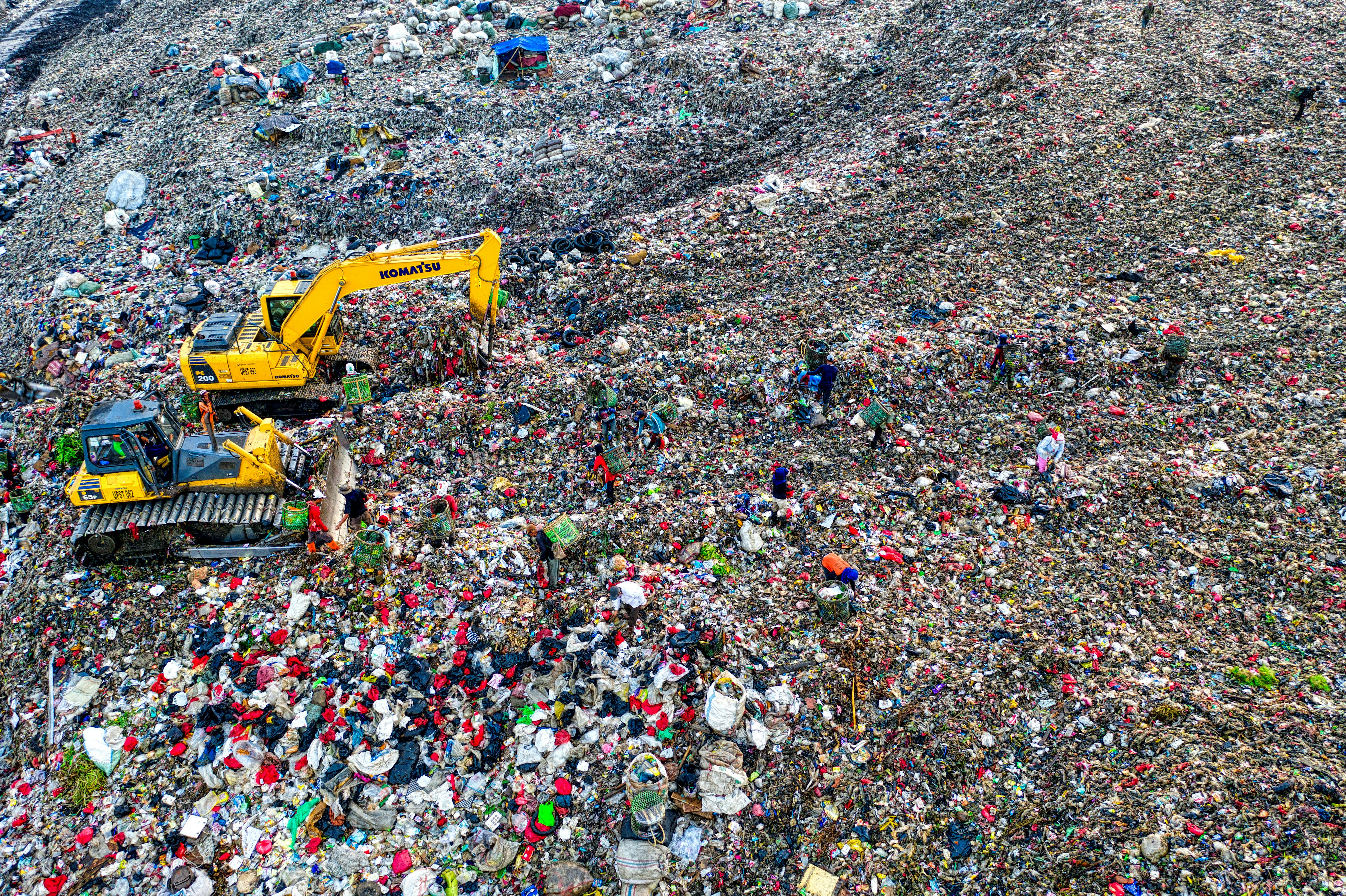
Textile Waste Crisis at Home: How Professional Rug Cleaning Reduces Landfill Overflow
The textile waste crisis is often linked to fast fashion, but household items, such as rugs, also contribute significantly. These large, bulky textiles frequently go unnoticed in the broader conversation about sustainability. Yet, their disposal adds a severe burden to our landfills. When rugs are discarded instead of being properly maintained, they contribute to the growing issue of fabric waste.
This article explains how professional rug cleaning helps reduce textile waste at the household level. It offers practical steps homeowners can take to support textile waste management while keeping their homes clean and functional.
Textile Waste in Homes: A Problem of Fabric Disposal
In 2018, Americans generated approximately 17 million tons of textile waste, and 11.3 million tons of that went to landfills. Rugs and carpets, although not the largest category, are significant contributors due to their synthetic composition and size. Most of these materials do not biodegrade and can persist indefinitely in landfill environments.
Household rugs are typically made with synthetic fibers such as nylon and polypropylene. These materials are derived from fossil fuels and do not break down naturally. Once in a landfill, they retain their mass and volume, contributing to long-term overflow and reducing landfill capacity.
This situation emphasizes the importance of adopting sustainable practices at home. Even simple decisions about rug care can influence broader environmental outcomes and help manage our growing textile waste problem.
Here is a comparison of common rug materials and their estimated decomposition times:
| Material | Type | Estimated Decomposition Time |
| Cotton | Natural | 1 to 5 months |
| Wool | Natural | 1 to 5 years |
| Nylon | Synthetic | 30 to 40 years |
| Polyester | Synthetic | 20 to 200 years |
| Polypropylene | Synthetic | 20 to 30 years |
Why Professional Rug Cleaning Reduces Textile Waste
Routine vacuuming and spot cleaning can remove surface-level dirt, but they are rarely enough to deal with deep-set grime, allergens, or pet dander. Professional rug cleaning services use specialized equipment, water extraction systems, and eco-friendly solutions that penetrate deep into fibers. This prevents fiber damage caused by abrasive debris and moisture.
Benefits of professional rug cleaning include:
- Deep cleaning that removes allergens, bacteria, and embedded grime
- Improved indoor air quality for safer living environments
- Cost-effective care that postpones the need for replacements
- Reduction in the volume of discarded textiles
Instead of discarding rugs prematurely, consider using services that reduce textile waste with professional rug cleaning services. These services are convenient, effective, and aligned with sustainable living goals.
Environmental Impact: How Does Textile Waste Affect the Environment?
Decomposing textiles in landfills release harmful greenhouse gases, especially methane, and contribute to the leaching of toxic chemicals such as PFAS and dioxins. These pollutants can contaminate soil, groundwater, and nearby ecosystems. Additionally, synthetic rugs contribute to microplastic pollution, releasing plastic fibers into the environment.
Professional rug cleaning extends rug life and delays disposal, helping to reduce:
- Greenhouse gas emissions from decomposition
- Contaminant leaching into the environment
- The release of microplastics from synthetic fibers
- Pressure on decreasing landfill capacity
Comparing Rug Cleaning and New Sustainable Rugs
When choosing between cleaning and replacing a rug, consider these differences:
- Resource use: Cleaning consumes fewer raw materials and energy
- Waste prevention: Professional rug cleaning prevents early disposal
- Cost savings: Regular cleaning delays the need for costly replacements
- Environmental benefit: Fewer new rugs means lower production emissions
While purchasing sustainable rugs made from natural or recycled materials is a good practice, maximizing the life of existing rugs through cleaning is more impactful in the short term. Learn more about eco-conscious decisions in this sustainable flooring guide.
How to Reduce Textile Waste with Better Household Choices
Individual actions contribute to broader waste reduction goals. Start with:
- Routine care: Vacuum regularly and address spills immediately
- Professional cleaning: Schedule services every 12 to 18 months
- Informed purchases: Buy durable rugs that are easy to clean
- Reuse and donation: Give unwanted rugs a second life
Selecting long-lasting, recyclable products and cleaning them professionally reduces waste and promotes reuse. For guidance, refer to this resource on selecting carpet.
The Role of Textile Waste Recycling and Prevention
Recycling options for rugs are limited, but prevention is accessible. Cleaning is the first line of defense. Other steps include:
- Choosing biodegradable or recyclable materials
- Donating to shelters and reuse centers
- Checking local textile recycling programs
- Repurposing for insulation or pet bedding
Until the infrastructure improves, the focus should remain on extending the lifespan of textiles.
Final Thoughts
Professional rug cleaning is a straightforward, cost-effective way to combat textile waste. It directly supports the principles of the circular economy by extending product life and reducing landfill contributions.
By making intentional, sustainable choices at home, such as cleaning and reusing rugs instead of discarding them, households play an active role in managing textile waste.
For more tips on making eco-friendly choices at home, visit the Green City Times blog.